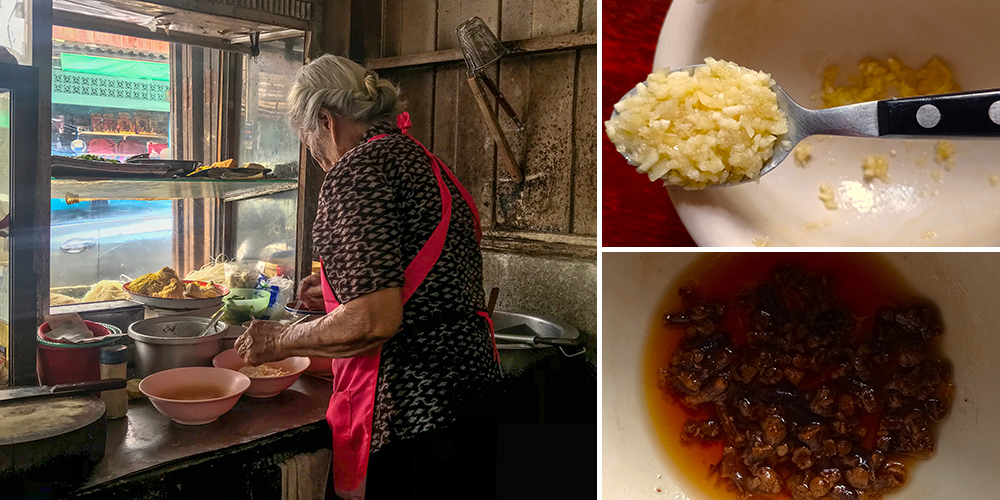
This is How Grandma Made Painkillers
While mums are famous for the kiss that makes everything better, many Grandmas have a range of tricks to treat different kinds of pains and aches with homemade recipes, plants from the garden, and items from the cupboard. Dock leaves soothed nettle rash, and for bee stings, the sting was removed and then honey was dabbed on. My Grandma believed that “Nature always provides the cure”.
A hot water bottle and sleep was Grandma’s answer to the monthly troubles of adolescent girls. For sunburn, she used to spread natural yogurt and honey mixed into a paste and it certainly cooled and soothed the burning. For cuts and bruises, these were gently wiped clean with warm water and then wrapped in the soft leaves of Mullein or the ribbed leaves of Plantain. She always told me these were magic leaves, as she wrapped them around the cut and modern scientific research medicine shows that she was correct.
For headaches, Grandma knew that chewing a leaf from the Feverfew plant regularly would keep them at bay. For sore throats, she dissolved salt into warm water and used this as a gargle. Fevers were dealt with by cold water on a flannel and she wiped down the forehead, hands, and back of the neck. To prevent any colds from taking hold, Grandma dosed us with a spoonful of her delicious handmade rosehip syrup, and if a cough had developed, it was a teaspoon of elderberry cough syrup. Dandelion tonic was offered only to grown-ups because “it might put little ones to sleep”, but elderflower cordial was for everybody and Grandma said this was “to keep the germs at bay in an enjoyable way.”
⇒ My Grandma Never Cooked These Foods in Cast Iron (Video)
In this article let’s look in detail at some of my Grandma’s remedies for dealing with the awful pain of toothache, and learn how gargling can ease any mouth hygiene problems. These remedies are for emergencies when the dentist is closed on public holidays or you are off the grid but your teeth need regular checks by a dentist, especially if the pain continues. Remember that plant remedies cannot replace a visit to the dentist and if the pain persists for more than a few days, you should make an appointment with your dentist.
Grandma’s pain relief for toothache
Grandma had 2 methods, using either cloves or garlic. Cloves have analgesic properties and garlic is anti-inflammatory. For general oral hygiene or to get rid of bad breath, she used to mix a saltwater gargle.
Remedy 1: Clove oil for toothache
Cloves are the buds of the clove tree, usually picked just before they flower. These are then dried, packed, and sent to your local food market. As well as being added to Christmas cakes and treats, Oil of Cloves offers a traditional cure for toothache. In an emergency, you can make your own remedy by soaking and crushing a few cloves at home. Cloves contain Eugenol, which soothes inflammation and they contain vitamins A and K, as well as beta-carotene, manganese, and potassium.
You will need 
- 1 tsp of dried cloves
- 1 tbsp of warm water
- Chopping board
- Knife
- Mortar
- Pestle
How to make
- Fill a teaspoon with cloves and put these in the mortar (or a bowl). Add one tablespoon of water to soften the cloves enough to chop them. Leave for at least one hour. The water will turn brown and can be discarded.

- Remove the cloves from the water using the spoon. Chop them finely with the knife into smaller pieces on the chopping board. I used a pestle to crush the soft cloves into a flat paste, but you can just use the back of a spoon to apply pressure.

- Fill a teaspoon with the paste and use a cotton bud (or clean fingers) to apply this to your sore gums or tooth, and wait for approximately 10-15 minutes. You will feel a numbing of the area, which indicates the cloves are getting to work. You can leave it on there for 10-15 minutes.

- Rinse your mouth out with a glass of warm water or salt water gargle. See remedy 3 below.
Remedy 2: Garlic paste for toothache
Nothing like freshly ground garlic as an antiseptic, antimicrobial, and antioxidant and it tends to numb the area too so for the nagging pain of toothache, use Grandma’s paste. Garlic needs to be crushed to release the active ingredients. Olive oil offers some healing in itself so by mixing both, your aching tooth will get some relief.
You will need
- 3 cloves of garlic
- ½ teaspoon of olive oil
- Knife
- Garlic crusher
- Bowl
- Chopping board
How to make
- On a chopping board, remove the top and bottom of the cloves of garlic, and the skin. Then chop the cloves into smaller pieces, place them in a garlic crusher, and crush. Place the garlic in a small bowl. I used my mortar but any clean bowl is fine.

- Add half a teaspoon of olive oil, and mix in well. The paste is quite loose, so the olive oil binds it together and adds healing too. I found half a teaspoon was enough but if your paste is not sticking together try adding another half a teaspoon and mix it well.

- Apply this directly on the sore area. Try to spread it over the gums and the sore tooth and leave it on as long as you can bear it but for at least 10 minutes. It may feel slightly numb soon afterward; this is the antiseptic effect.

- You can repeat this 3 times a day if required.
- Rinse your mouth out with clean water or use the mouthwash below.
Remedy 3: To make a mouthwash or gargle
Dentists often recommend a gargle after a tooth extraction but this one is also useful for sore throats, to heal wounds, and to freshen bad breath by removing the bacteria that cause it.
You will need
- 1 cup of warm water
- 1 teaspoon of salt
- A breaker or cup
- Warm water
How to make
- Mix the salt and water in a cup or beaker and stir until the salt dissolves.
- Then gargle with a tiny amount and spit this out. Repeat 3 times. This will soothe any wounds on the gum line or a sore tooth and you can also use this to ease sore throats too.
Do not store these remedies. Best to make fresh remedies for toothache whenever you need them.






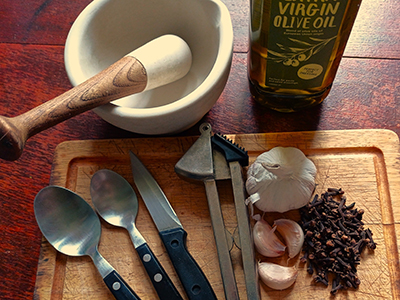


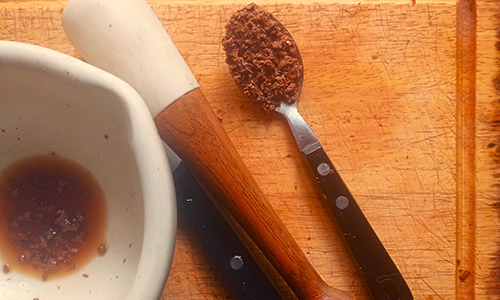
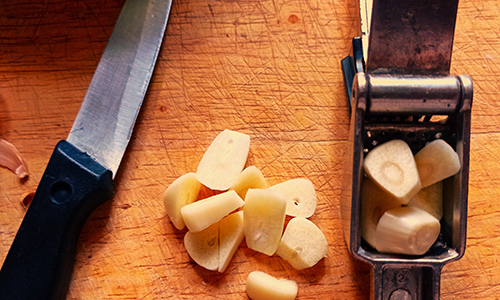
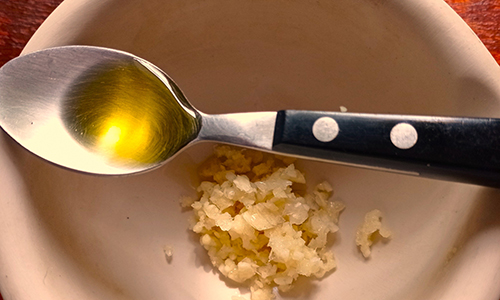

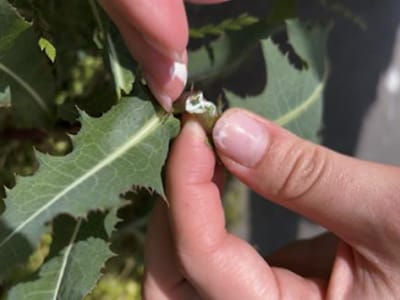
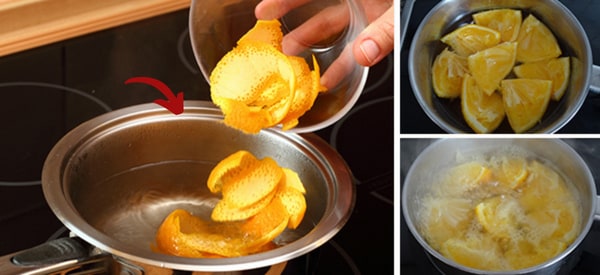
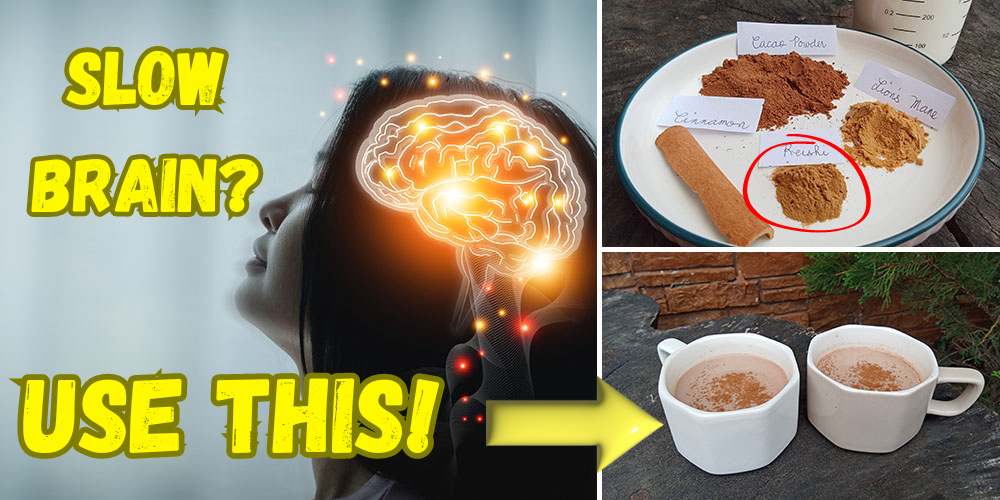
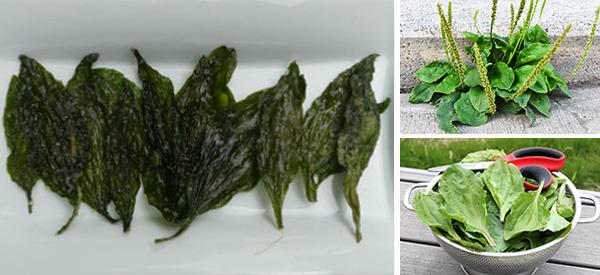
HI, I was also told by a classmate at the NorthEast Institute of Botanical Medicine a no. of years back, that she used crushed plantain leaf to draw out a chunk of wood that just COULD NOT be extracted. She got the the plantain leaves a bit juicy by crushing them and then bandaged the wound with the leaves over top. She said all the chunk of wood came right out overnight…like it drew it out completely,
Nicole and company could tell you better than I can if this is a normal use for plantain leaf, but it sure worked for my classmate’s son!!
Hey Jess!
Thank you for sharing that fascinating story!
Indeed, plantain leaves have been traditionally used for their healing properties, particularly for drawing out splinters or foreign objects from the skin. Crushing the leaves to release their juices and then applying them as a poultice can create a drawing effect, helping to extract items like splinters, thorns, or even chunks of wood, as your classmate experienced.
Plantain contains natural anti-inflammatory and antimicrobial compounds, which likely contribute to its effectiveness in such cases. This aligns with what herbalists and traditional medicine practitioners often recommend.
It’s amazing how these age-old remedies still hold value today. It’s a great reminder of how nature’s simple solutions can be incredibly effective!
Many Blessings and Good Health!
Great article that brought back many memories for me. My grandmother used some of these remedies too. I remember she would use socks soaked in cold water or alcohol to reduce a fever. For coughs, she gave me pine syrup instead of what’s mentioned in the article. She also made a special syrup using a black radish. Chicken soup was always her go-to for colds! For ear pain, she heated salt in a cloth bag and placed it on my ears.
She even had cosmetic tricks, using cucumbers for skin and eye puffiness, and egg yolk for homemade hair masks.
These are cherished and priceless memories for me. 🙂
Hey Lauren!
Thank you so much for your lovely comment! It’s heartwarming to hear how these traditional remedies have touched your life and brought back such fond memories of your grandmother.
Many Blessings and Good Health!